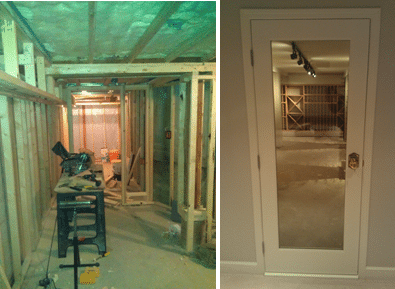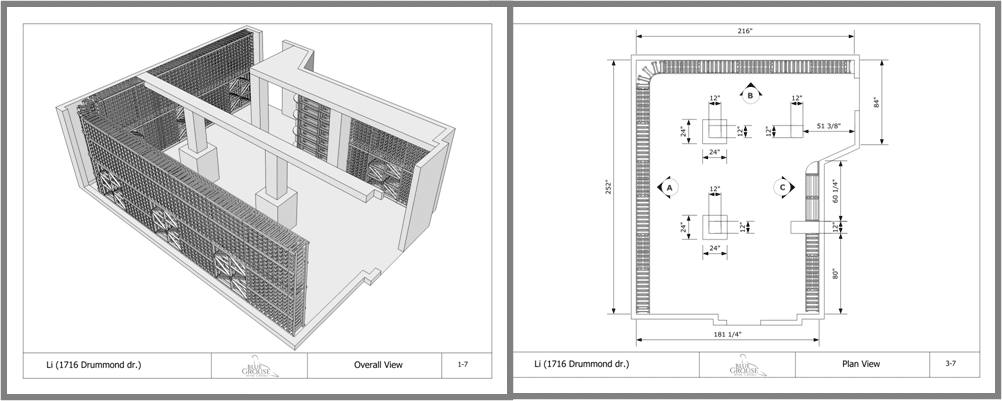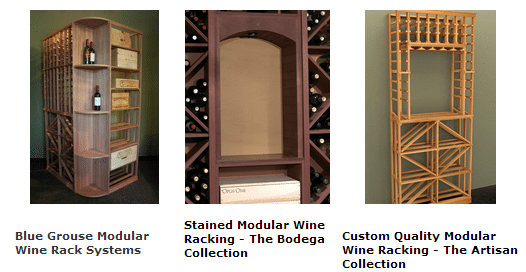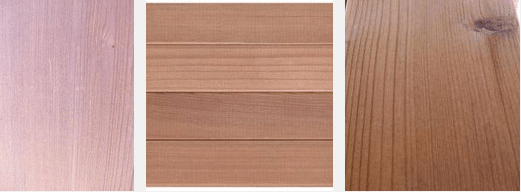The collection of every wine lover, whether he has few, a hundred bottles or more, deserves to be displayed elegantly in a wine cellar. One’s residential wine cellar must be climate-controlled to protect wine from being ruined by harmful external factors such as light and vibration.
The demand for wine cellars is on the rise in many parts of the world because of their important role in preserving wine’s quality and the fact that they add resale value to your home. Shawn Li is one of the residents in Vancouver, Canada who wanted to have both a functional and beautiful wine cellar in his own home.
The extensive experience and skillful hands of the Blue Grouse Wine Cellars design and installation team resulted in another remarkable wine cellar renovation project in Vancouver, Canada.
As a standard operating procedure, the custom wine cellar design process started with interviewing the client to know every detail of his space, wine storage, and aesthetic requirements. Since Blue Grouse’s installer and the owners didn’t speak the same language, this process was not easy. However, the nanny and a friend of theirs performed the role of the translator, so Blue Grouse was able to know exactly what the owners wanted their wine cellar to look like.
Wine Cellar Construction – Achieving Proper Wine Storage

As a solution to the unleveled concrete floor, level bases with scribed trim were built so that the wine racks would have a platform to stand on. If the owner wants to level the floor sometime in the future, the existing wine racking need not be modified or removed.
The ideal environment for wine has a temperature of 55-60 degrees Fahrenheit and relative humidity of 50-70 percent. Proper wall insulation and vapor barrier installation are required to meet these conditions.
A tightly sealed wine cellar door is also important in preventing external factors and temperature fluctuations from ruining the wines. Blue Grouse Wine Cellars used a door of exterior grade with weather stripping to keep the cool air in the wine cellar.



